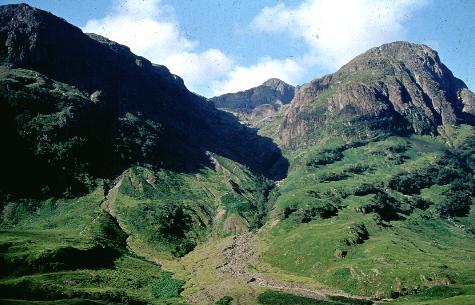MIKE PUTTICK (A3+)
TRIES THE FOTOSPEED E6 KIT
I looked at the cost of E6 kits for the processing of my holiday slides and saw the Fotospeed kit at a lower price than the Chrome Six kit for the 16-film size pack. So I bought a kit and made up the full volume of 1200 ml as I had enough films to process. The kit comes with first developer, colour developer, bleach fix and stabiliser together with an instruction leaflet. The solutions were made up and put into large glass bottles, which could hold the 1200ml volume; these were then heated up in a bowl with a heater and thermostat to the required temperature. I could use my triple tank and process 3 films at a time, which required 900 ml of solution. I loaded the tank up with 3 films and warmed it up for 1 minute as instructed by filling the tank with water at 42° C and placing in the water bath at 40°C. Then drain and pour in the first developer agitate for first 10 seconds then 2 inversions every 30 seconds until 6½ minutes if temperature is at 38°C. Wash for two minutes: in my case a change of water every 30 seconds at 33 - 39°C for the required time. Water drained off and colour developer poured in, same agitation as for first developer for 6 minutes at 38°C. Pour off and wash again for 2 minutes as before. Pour off water and add bleach fix and agitate as before. Satisfactory for first time but later processes longer agitation required if doing by reel rotation. I recommend that you use vigorous inversion instead to obtain full bleaching of the silver as I had trouble on the later processes in not clearing all the silver from the film. Pour off bleach fix and wash for 4 minutes at 33 - 39°C followed by 1 minute in stabilizer at same temperature as the process or 20°C as indicated in the instructions. For my part it is easier to keep the stabilizer at the same temperature as the rest of the solutions and it means the film will dry off quicker.
I processed 16 36 exposure films not 24 exposure as noted in the instructions. Reasonable results were obtained but I am disappointed with some of the landscape slides as they have turned out thin and wishy washy but some of the other slides have given good saturated colours. This could be due to poor exposure in that I was also using print film and using exposure values from that camera for the slide film as its camera’s meter was not working.


I am not as happy with this kit as I was with the Jessops kit and it does not stand up fully to the Chrome Six I have had in the past. The bleach fix gave me the most problem as I had to extend the time after the first run in order to get full bleaching of the silver. This may be due to reel agitation instead of inversion because not enough00000 oxygen is dissolved to help to complete the process. It may also be due to over use of the kit that some of the later films were a bit thin but the Chrome Six kit could do it quite easily. The price of the kit was £20.25 as against £22.99, which makes cost of each film processed as £1.26 as against £1.44; not a big difference to justify changing to the Fotospeed kit. I have included a number of slides to show results of the process mainly Kodak Elite Chrome film; the other used is Jessop’s slide film. One picture is of harebells flowers, which has shown up the same problem as you get with blue bells i.e. they do not come out the blue as you see them in nature.